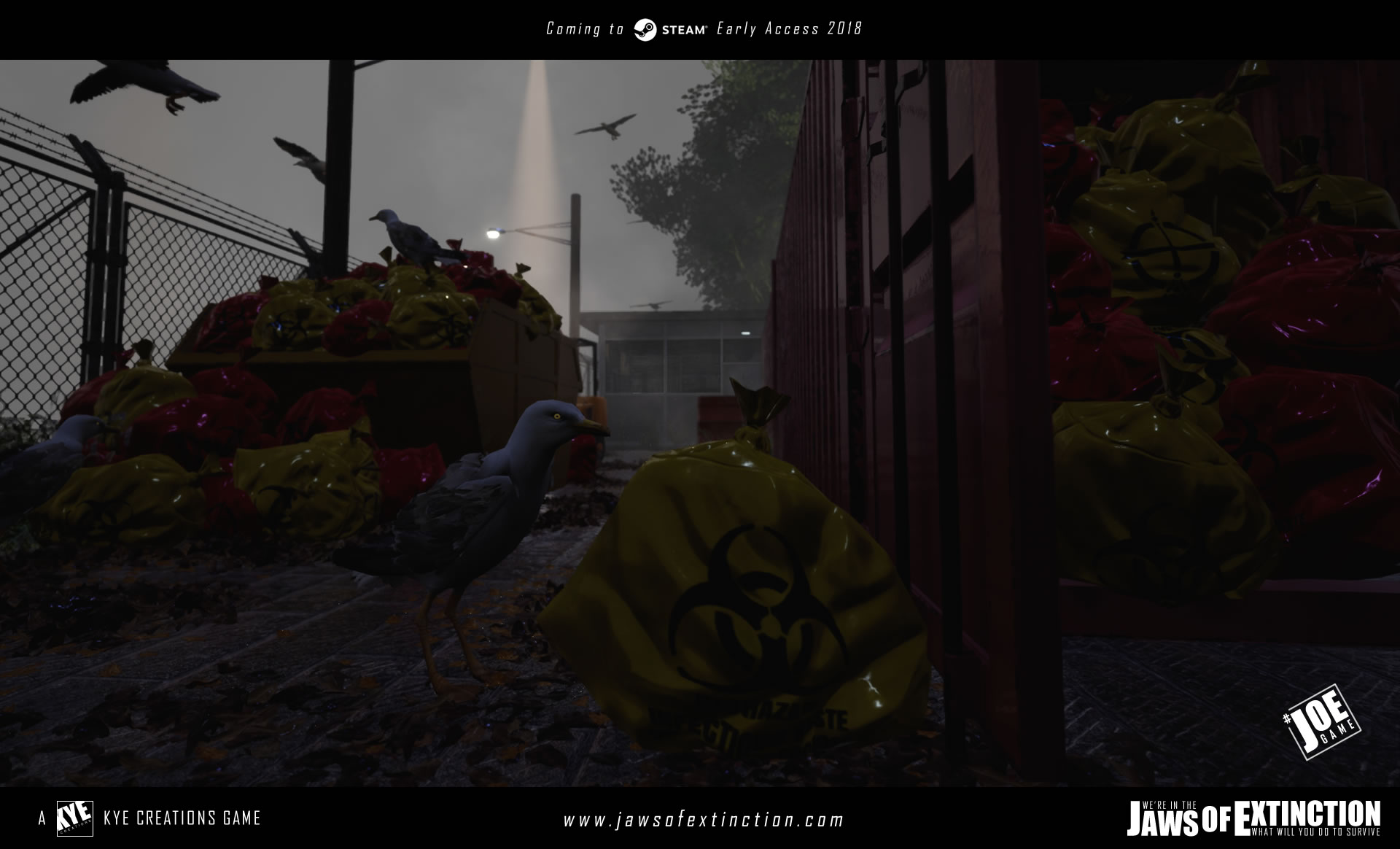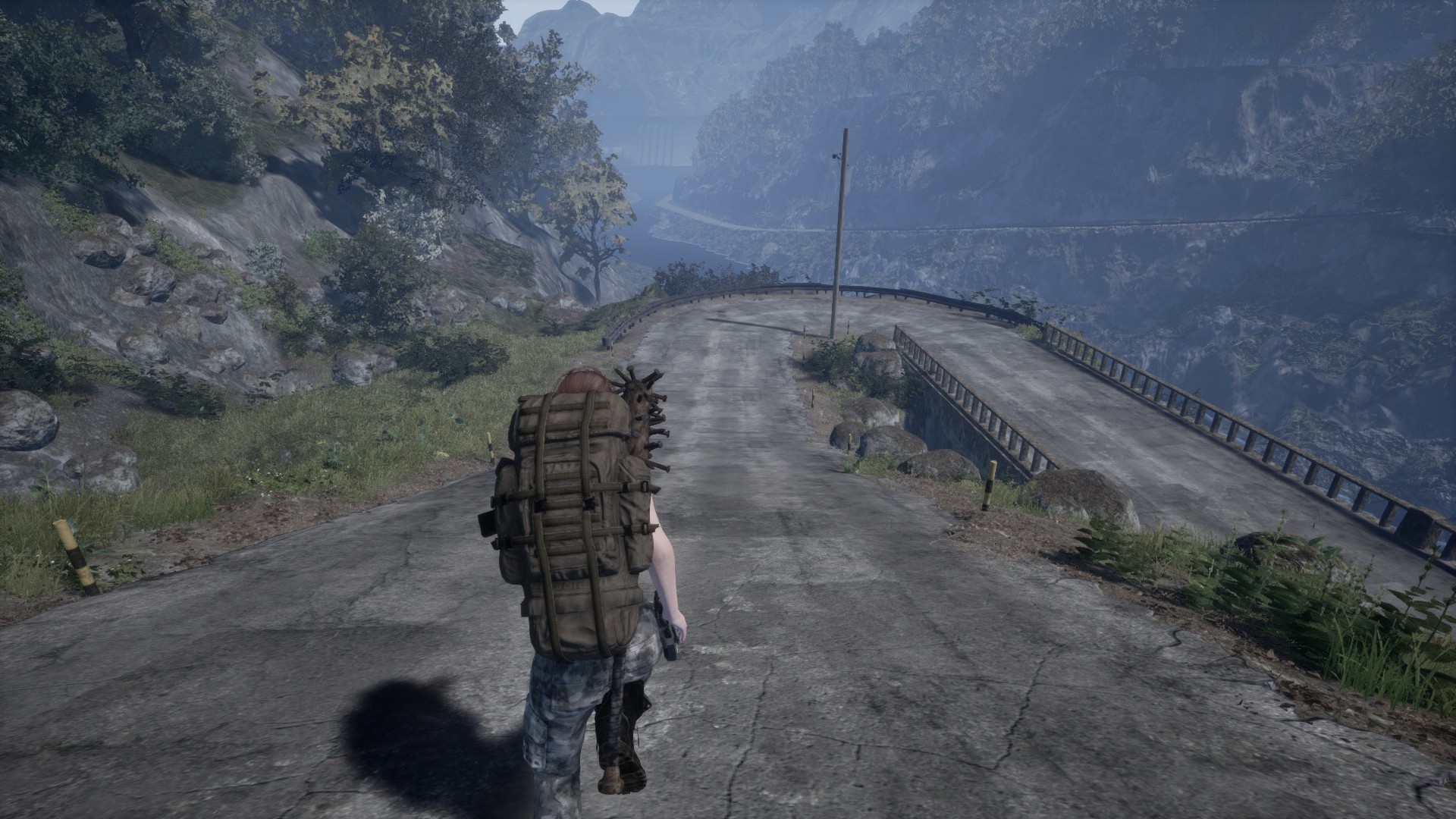
Mass Extinction Second Mass Extinction: ~ 365 Million Years Ago (Late Devonian Extinction)Ī great number of ancient marine species rose and fell throughout this time. Glaciation of this magnitude locked up a large portion of the world’s water and significantly reduced sea levels, which deprived many species of their most essential habitats, destroyed food chains, and reduced reproductive success. The southern supercontinent Gondwana had a sudden beginning of mass glaciation near the end of the Ordovician period.

First Mass Extinction: ~ 440 Million Years Ago (Ordovician-Silurian Extinction)Ĭorals and shelled brachiopods were abundant during the time of the first mass extinction on Earth, but they had not yet made it onto land. Archaeopteryx Fossil Mass ExtinctionĪs defined by scientists, mass extinction is when approximately three-quarters of all species disappear over a short period of geological time, which is less than 2.8 million years. This finding supported the theory that birds descended from reptiles. It had broad wings and feathers like birds. It also had jaws with teeth and a long bone tail like dinosaurs, as well as the skeletal elements of both. Evolutionary Gaps Archaeopteryx FossilĪ 150–145-million-year-old fossil of Archaeopteryx was discovered in southern Germany just two years after Darwin wrote On the Origin of Species. One of these gaps was bridged by small, bipedal dinosaurs and birds, which was one of the first. These so-called “gaps” or “missing links in the chain of evolution” are increasingly filled by transitional fossil specimens as we learn more about the evolution of certain species lines. The evidence also demonstrates that gaps in the fossil record that initially appeared to exist are actually the result of incomplete data collecting. Fossil Record Evolutionary Gaps Filled in the Fossil Record Their presence demonstrates that species are not stable and can change through time to become new species. Some ancient creatures possessed characteristics that crossed over into important groupings of organisms. This proof demonstrates the enormous variety of living things that have existed. Rock deposits provide an indisputable record of historical changes over very long time periods.

The geographic range of closely related species.The shared chemical and skeletal structures of related living types.The evolution of earlier species is seen in the fossil record.Evolution of life Evidence for evolutionįour main sources have provided the majority of the evidence for evolution The evolution of life on Earth is currently the most widely accepted theory. Dinosaur fossils are an important source of information about Earth’s past life and evolution. Importance of Living Fossils Explanation: EvolutionĮvolution can be defined as a change in species over time. Many fossils are simple to recognize because they are the remains of extinct animals.Įvery living thing has evolved over time to adapt to its surroundings, to rising and falling temperatures, and to other changes in the components of the atmosphere.

Darwin thought that every living fossil was unique and strange. Older fossils are discovered to be similar to modern organisms if both living creatures and fossil creatures are the same and similar. One of the best ways to show the common ancestry of distinct living species is through living fossils. Evidence of Evolution Importance of Living Fossils The phrase “living fossil” usually refers to the similarities and differences between living things and the fossilized remains of extinct organisms whose structure and behavior were basically unchanged.Ĭharles Darwin, an English naturalist, coined the phrase “living fossil.” He has written extensively about those living things that have remained basically unchanged for billions of years in one of his most well-known books, “The Origin of Species.” He also listed species that have not evolved since the time of their fossilized ancestors. Introduction to The Evidence of Evolution and Living FossilsĮvolution is proven by all fossils.


 0 kommentar(er)
0 kommentar(er)
